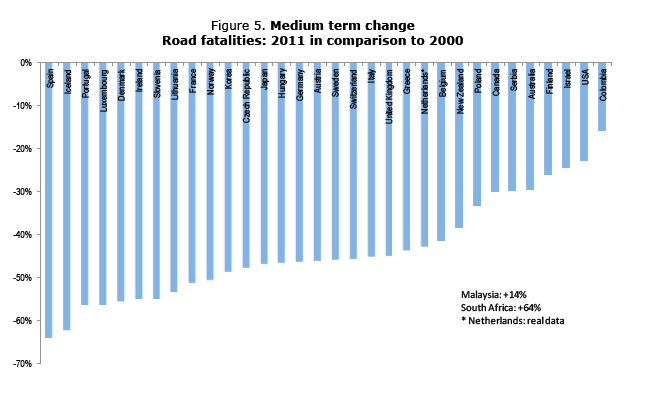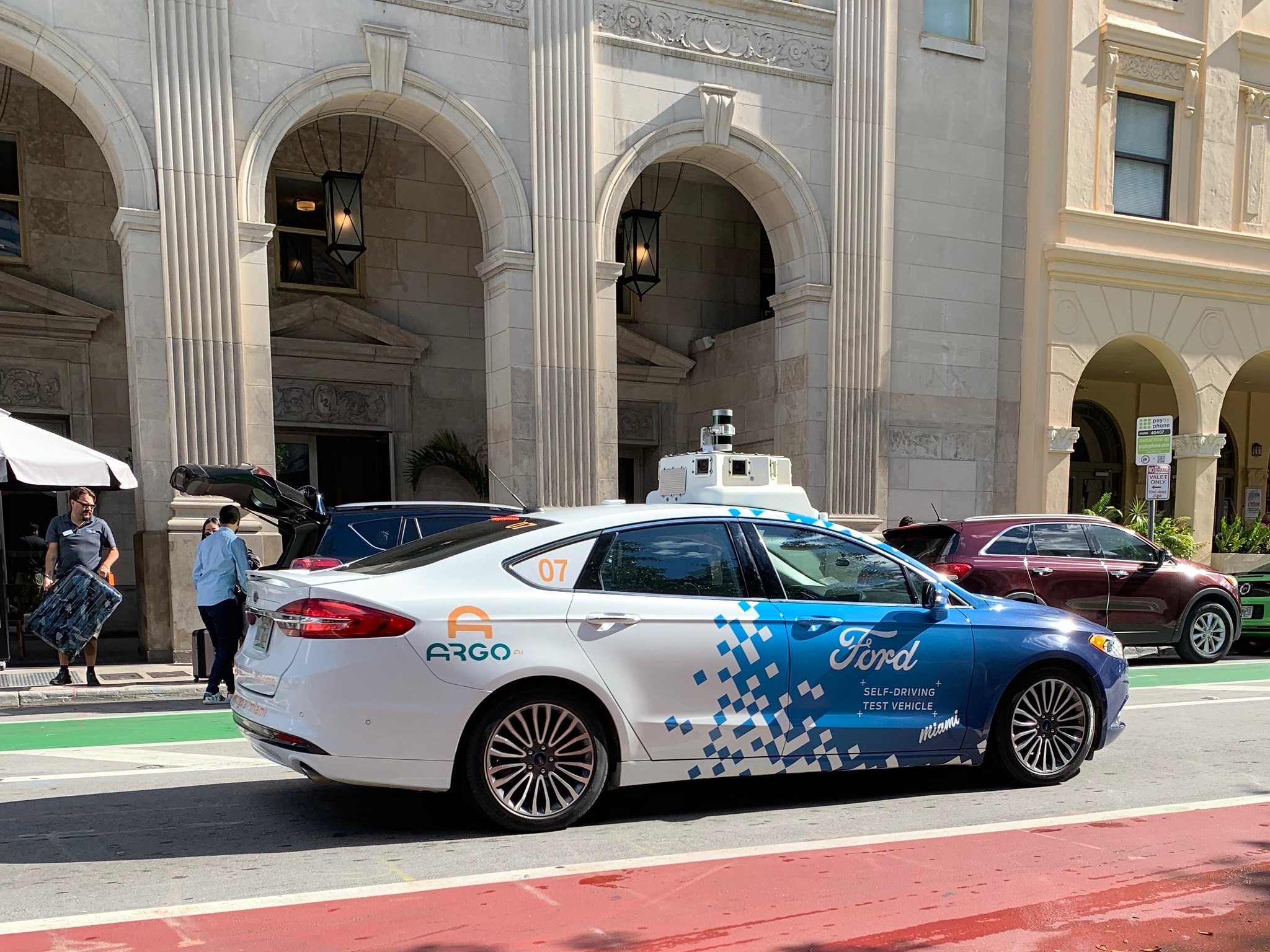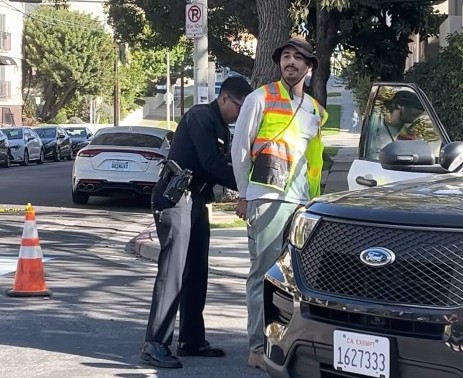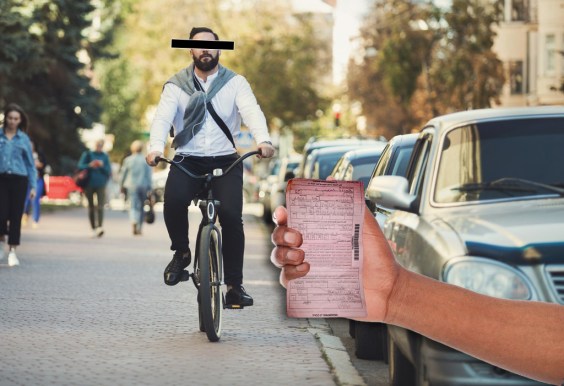
Vox, the much-anticipated Ezra Klein/Matt Yglesias/Melissa Bell reporting venture, launched earlier this week to wide fanfare, and one of the first articles explained that "traffic deaths are way, way down" in the United States.
It was exciting to see Vox show an interest in street safety, but writer Susannah Locke missed the mark with her take on the issue.
Locke called a decades-long reduction in traffic deaths to 33,561 in 2012 "a major public health victory." What we're talking about here is that only 11 of every 100,000 Americans were killed in traffic that year, which, she rightly points out, is a dramatic improvement compared to the 1970s, when the fatality rate was 27 per 100,000 people.
But compared to our international peers, the United States is still doing a poor job of reducing traffic deaths. Rather than hailing the decline in traffic fatalities in America, we should be asking why we continue to fall behind other countries when it comes to keeping people safe on our streets.
Americans are killed by traffic at an appalling rate compared to residents of peer nations, as shown in a review of dozens of countries by the International Traffic Safety Data and Analysis Group [PDF]. In Japan, the traffic fatality rate is much lower -- 4.3 deaths per 100,000 people in 2011. In Germany, the rate is 4.9 per 100,000. In Sweden, 3.4 per 100,000. And in the United Kingdom, just 3.1. If the United States had a comparable street safety record, tens of thousands of lives would be saved each year.
What's shocking is not only that those countries have much lower rates of traffic deaths -- it's that they've also reduced those rates at a much more effective clip than the United States. The streets of our peer countries are becoming safer, faster.
In Japan, the traffic death rate fell 47 percent between 2000 and 2011. Sweden's fell 49 percent, Germany's 46 percent, and the UK's 49 percent. In the same time frame, the improvement in America was just 30 percent. Only developing countries like Malaysia, South Africa, and Colombia performed worse in the international review.
Locke does acknowledge that "there are still too many people dying" but seizes on the diverging diamond interchange as an example of an exciting innovation that could further improve traffic safety. Designed to reduce conflicts between drivers, the diverging diamond is at best a Band-aid -- it makes driving safer but doesn't address America's dangerous dependence on cars. Chuck Marohn of Strong Towns has called the diverging diamond an "apostasy when it comes to pedestrians" and "proof the engineering profession is failing us."
Todd Litman of the Victoria Transport Policy Institute would refer to the diverging diamond as the "old transportation safety paradigm." Litman points out in a recent piece on Planetizen that even as deaths per mile driven declined in the last 50 years in the U.S., increases in per capita driving eroded much of the safety benefit. In addition, safety fixes aimed at reducing the risks of driving -- like airbags -- also sometimes have the unintended effect of promoting riskier behavior.
"As a result, measured per capita, traffic accidents continue to be a major problem and the U.S. has the highest crash rate among its peers," Litman writes. "From this perspective, conventional traffic safety programs have failed and new approaches are needed."

The factors Locke cites to explain America's declining traffic death rate mostly fall under the rubric of "conventional traffic safety programs" -- more seatbelt wearing, better airbags, anti-lock brakes, and less drunk driving. This is where looking abroad really would have helped, because the range of tactics that other countries have deployed is much broader.
In the UK, 20 mph zones have been steadily growing since the turn of the century, and automated traffic enforcement is saving lives. The Dutch abandoned a street design philosophy based on "forgiving" errant drivers (which America embraced), shifting to an emphasis on walkable, bikeable streets. Japan has perhaps the world's best transit networks, making driving less necessary. Germany is a pioneer in traffic-calming street design. Sweden, as the Economist recently reported, cut pedestrian fatalities in half over the last five years with a strategy that included low speed limits in urban areas and building 12,600 safer street crossings.
These solutions are catching on in some U.S. cities. New York is rolling out 20 mph zones in some neighborhoods and has re-engineered wide streets to make biking and walking safer. Chicago and DC have substantial speed camera programs in addition to growing networks of protected bike lanes. What impact are these changes having on traffic fatalities? How many lives could be saved if we scaled up these safety improvements nationwide? What else can we learn from countries that are leading the way in preventing traffic deaths?
Those are Vox stories I'd like to read.





